Ontario Nature Blog
Receive email alerts about breaking conservation
and environmental news.
© Lora Denis
Indigenous Perspectives on Protected Areas Gathering © Chris Craig
In commemoration of the first National Day for Truth and Reconciliation this September 30th, Ontario Nature reflects on our role in advancing conservation through reconciliation. As we continue our learning journey, we are grateful to those who have guided us and walked alongside us in this work.
We are not “experts” and instead hope to share Indigenous voices and resources that we have found helpful in hopes that these advance discussion and actions for others.
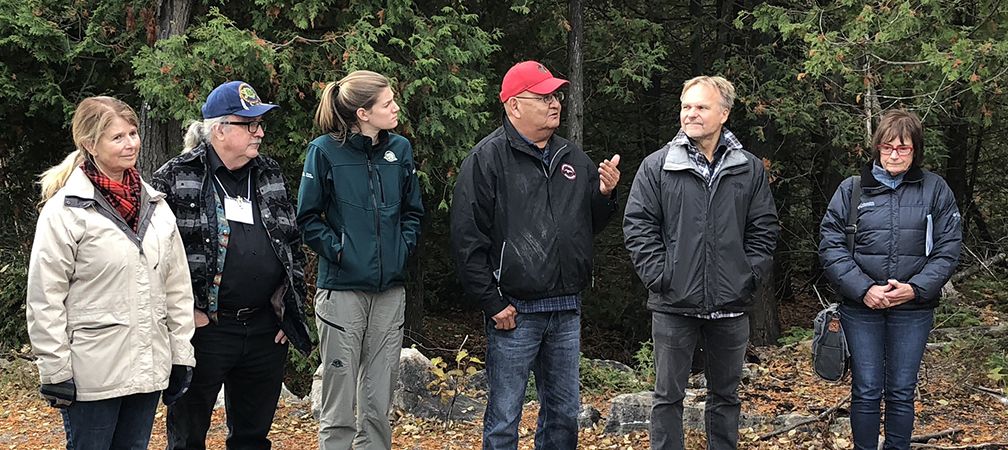
According to the Truth and Reconciliation Commission of Canada, reconciliation is about establishing and maintaining a good relationship between Indigenous and settler peoples. It can only be done through “awareness of the past, acknowledgement of the harm that has been inflicted, atonement for the causes, and action to change behavior.” Furthermore, reconciliation is a critical and complex process and the responsibility of every Canadian. It involves learning and understanding, honouring treaties and taking personal actions.
Reconciliation must also benefit Indigenous communities; awareness without change is not enough.
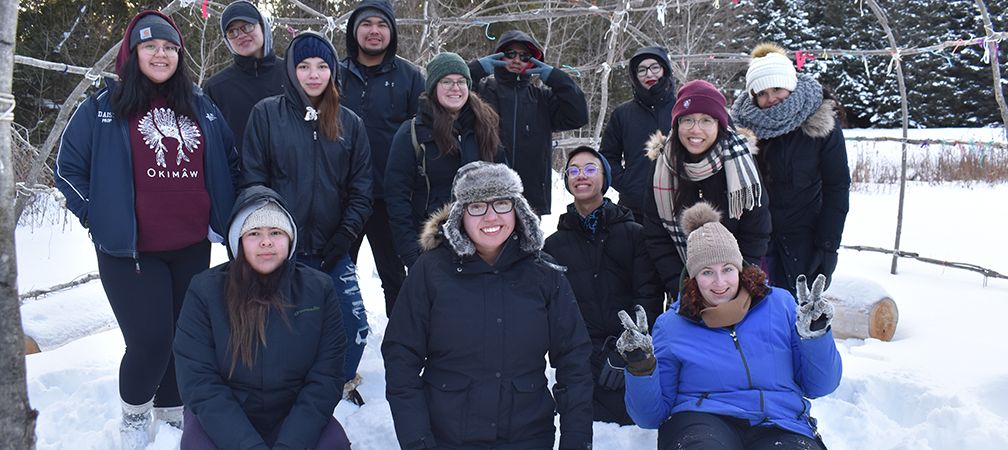
Territorial or land acknowledgements are a statement by organizations or individuals recognizing the original caretakers of the land on which they are located. These statements have become more commonplace with governments, schools and organizations such as ours. Ontario Nature has committed to opening events (including virtual gatherings and webinars) with a location-specific land acknowledgement. We do not use a blanket land acknowledgement for our work across the province as we cannot capture the nuances of various communities, territories and treaties in one and they need to be from the heart of whomever is giving it.
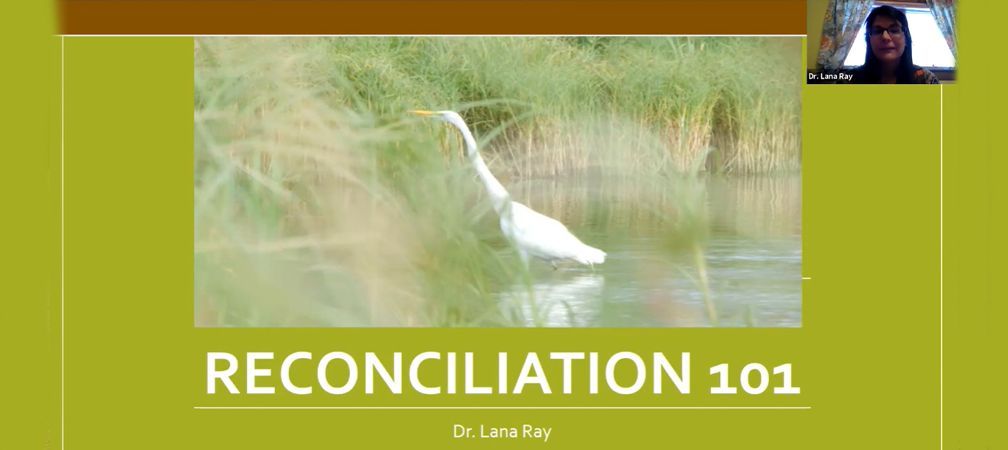
Learning from various resources (Native Governance Center, Dr. Lana Ray’s Reconciliation 101 webinar, Chelsea Vowel’s “Beyond territorial acknowledgements”, and Gary Pritchard’s Working with Indigenous Communities), here are some examples of best practices for creating a land acknowledgement:
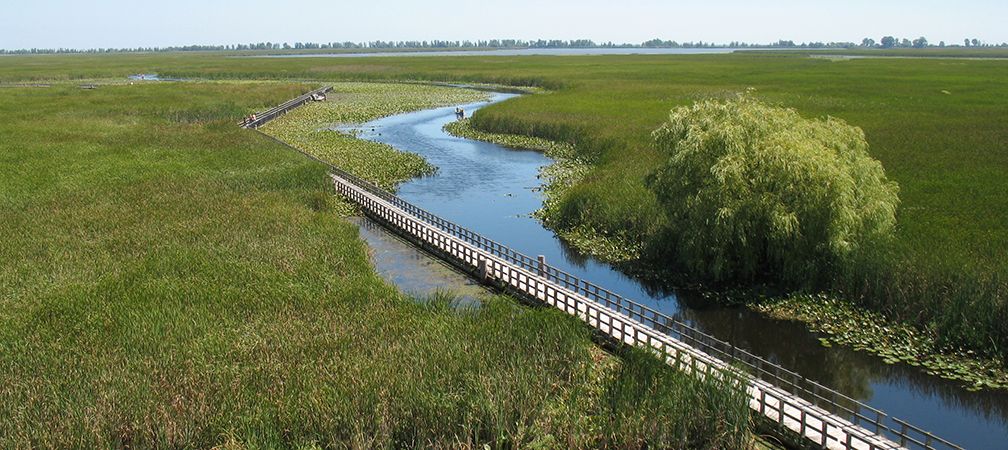
Within conservation practices specifically, Indigenous peoples have suffered from land dispossession and loss of rights in the name of preserving natural areas. We recognize that Indigenous worldviews and conservation practices have often been excluded, despite the role that Indigenous peoples have played in caring for the environment for thousands of years. Conservation cannot happen without the inclusion and support of Indigenous communities. Ontario Nature remains committed to conservation in the spirit and practice of reconciliation.
Please let us know in the comments if you have further thoughts or questions.
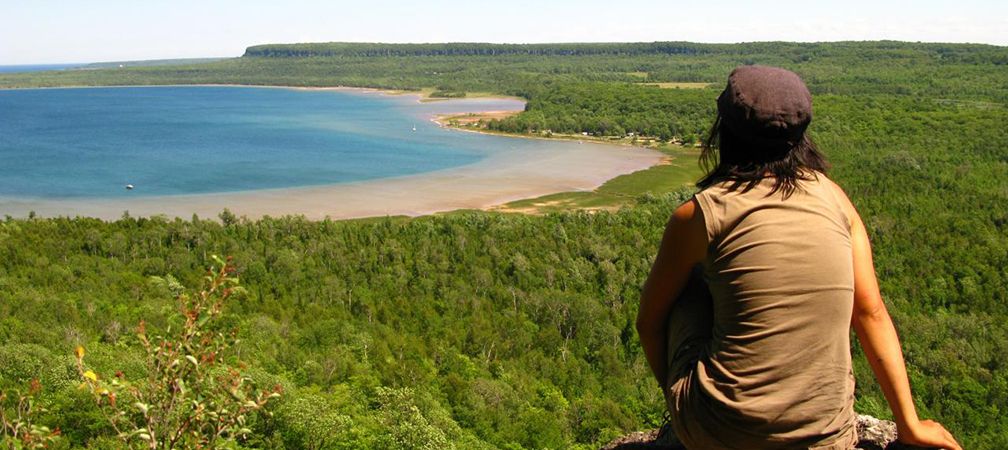
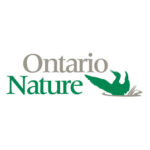
Gananoque Lake Nature Reserve © Smera Sukumar